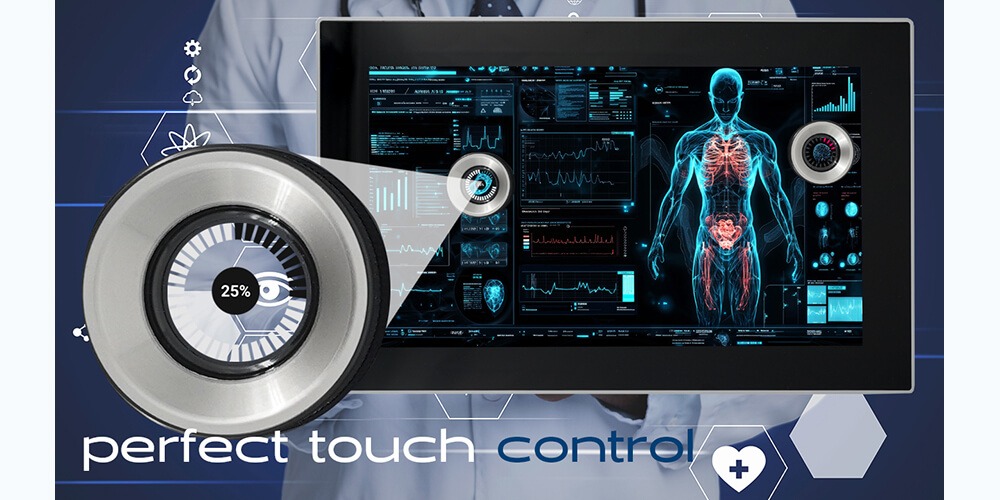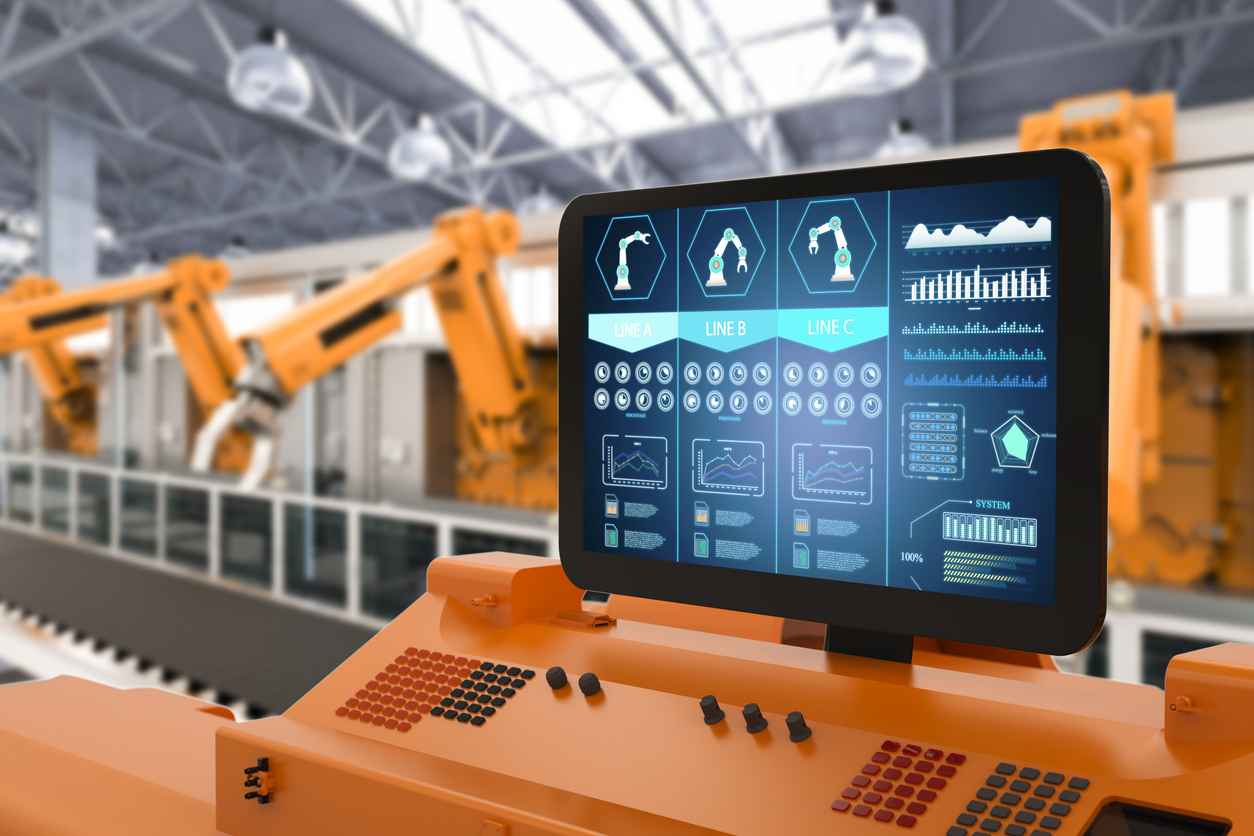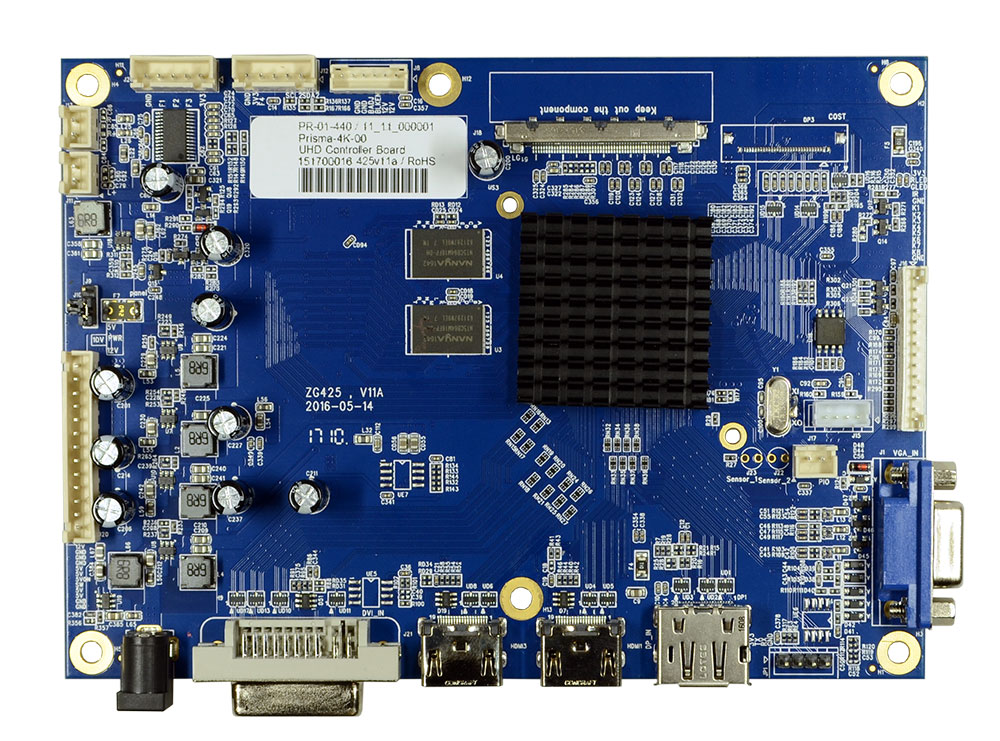
NEWSLETTER: Redesigning Supply Chains Together: Fortec’s Tariff-Resistant Solutions
July 18, 2025
Since February 2025, tariffs on electronic components like TFT panels, touchscreens, and single-board computers (SBCs) from China have been fluctuating wildly, peaking at 170% and now still as high as 145%. These tariffs have created quite a few headaches for our customers, leading to increased costs and delays in their supply chains.
Impact on Supply Chains
The high tariffs have forced many businesses to rethink their supply chain strategies. Increased costs have squeezed profit margins, while delays have disrupted production schedules and delivery timelines. These challenges have necessitated swift and effective adjustments to maintain operational efficiency and customer satisfaction.
Strategic Adjustments
At Fortec US, we understand the critical need for adaptability in the face of these tariffs. We have implemented several strategic adjustments to mitigate the impact:
1) Sourcing from Different Countries
To avoid the high tariffs on Chinese components, we have started sourcing from alternative countries. Fortec US has leveraged its extensive network to facilitate these new sourcing strategies, ensuring a steady supply of high-quality components.
2) Leveraging Fortec Locations Outside the US
In addition to sourcing from different countries, our Fortec companies outside the United States provide further opportunities to circumvent tariffs. By working within our global network, we help customers access alternative supply routes that align with cost-effective and tariff-friendly options.
3) Integration in the United States
Some customers have opted to shift their integration processes to the United States. By doing so, they can bypass certain tariffs and streamline their operations. Fortec US provides comprehensive integration services, helping customers transition smoothly and efficiently.
4) Enhanced Inventory Management Practices
In response to the unpredictable tariff landscape, our customers have refined their inventory management practices. Fortec US offers advanced inventory solutions, enabling businesses to optimize stock levels, reduce lead times, and improve overall supply chain resilience.
Conclusion
Navigating the complexities of tariffs requires a proactive and flexible approach. At Fortec US, we are committed to supporting our customers through these challenges, offering tailored solutions that enhance their supply chain strategies. By sourcing from different countries, leveraging our sister companies outside the United States, integrating processes domestically, and refining inventory management, we help businesses thrive despite the tariff hurdles.
Please email us at info@fortec.us with any questions or concerns you may have.
Tactile Meets Tech: Why Forward-Thinking Leaders Are Reintroducing Physical Controls in a Digital Interface World

Touchscreens have become the default interface across industries—from automotive and healthcare to manufacturing and logistics. They offer sleek design, dynamic content, and adaptability. But they also have a critical weakness: you still need to feel what you’re doing in many environments.
Enter tactile knobs—yes, physical controls—integrated into modern touch monitors. This isn’t a step backward. It’s a strategic move forward that merges analog precision with digital agility.
Operational Efficiency, Safety, and Usability
In roles where every second counts—driving, emergency medical response, field operations, live production—touch-only interfaces can slow down performance or increase risk. Tactile knobs restore the ability to act by feel, minimizing the need for visual confirmation and allowing for faster, safer decision-making.
This isn’t nostalgia; it’s user-centered innovation.
Strategic Applications Across Sectors
- Automotive: Major OEMs are reintroducing tactile controls in response to driver distraction concerns. Volkswagen, for example, is pivoting back to physical buttons due to safety data and customer demand. The message is clear: human-centered design wins.
- Healthcare: In clinical environments, nurses and physicians often multitask under pressure. Being able to adjust a setting without looking away from a patient is not just convenient—it’s critical.
- Industrial & Manufacturing: In environments where gloves are worn or where vibration and lighting conditions reduce touchscreen accuracy, knobs ensure uninterrupted control and reduce operational risk.
- Pro Audio & Live Events: Sound engineers operating in fast-paced, high-stakes scenarios rely on tactile inputs to ensure performance continuity without having to search a digital menu under pressure.
Knobs—But Smarter
These aren’t your old radio dials. Today’s tactile knobs are customizable in size, function, and placement. They can be embedded onto the touchscreen surface, with content-aware labeling and full integration into the system interface. And they don’t require complex firmware changes—keeping deployment simple and scalable.
For organizations prioritizing human factors, safety, and system responsiveness, this hybrid model represents a practical leap forward.
A Competitive Edge in Interface Design
The next evolution in user interface isn’t about choosing between physical or digital—it’s about integrating both. Leaders who recognize that technology should serve humans, not just dazzle them, will gain a distinct advantage in UX, safety and operational performance.
As you evaluate technology solutions across your organization, ask not just “Can it do more?” but “Can it do better—for the people using it?”

The Benefits of Touchscreen Integrated Displays
December 8, 2025

Why Retailers Need Stronger Cybersecurity Strategies During the Holidays
December 5, 2025

Staying Safe This Season: Cybersecurity Tips for Online Shoppers
December 2, 2025

What Makes a Display Industrial Grade?
November 6, 2025

How Display Technology is Shaping the Future of Communication
November 5, 2025

How Prisma TFT Controllers Simplify Display Integration
October 28, 2025


